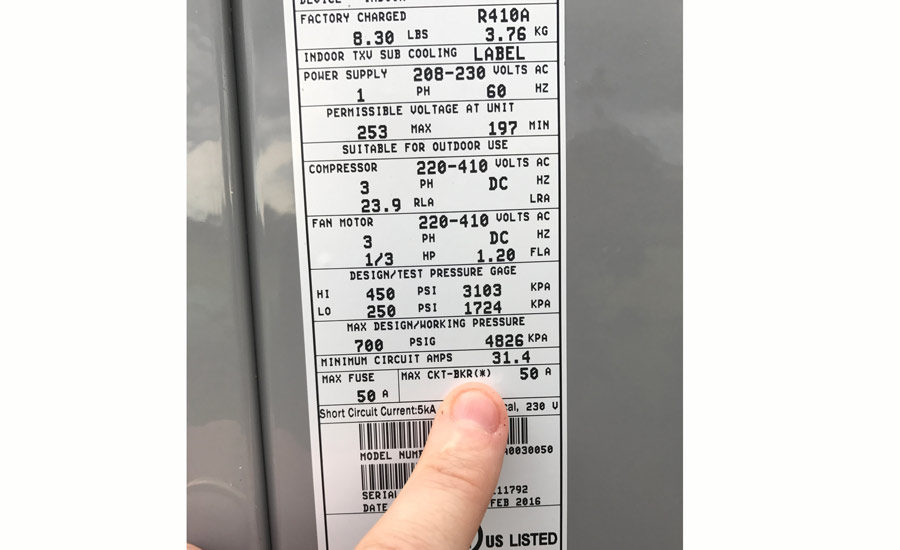dvcraven0522
Member
- Location
- St. Louis, Missouri
- Occupation
- Engineer
If a rooftop unit has a MCA of 48 amperes and a MOCP of 60 as listed on the nameplate. I sized the conductors based on the 48 amps and not the 60 MCOP. It is my understanding the MCA is already calculated for the 125% of the load. Is that correct?
I have a plan checker who wants me the size the conductors for the 60 amp CB.
Dan Craven
I have a plan checker who wants me the size the conductors for the 60 amp CB.
Dan Craven

